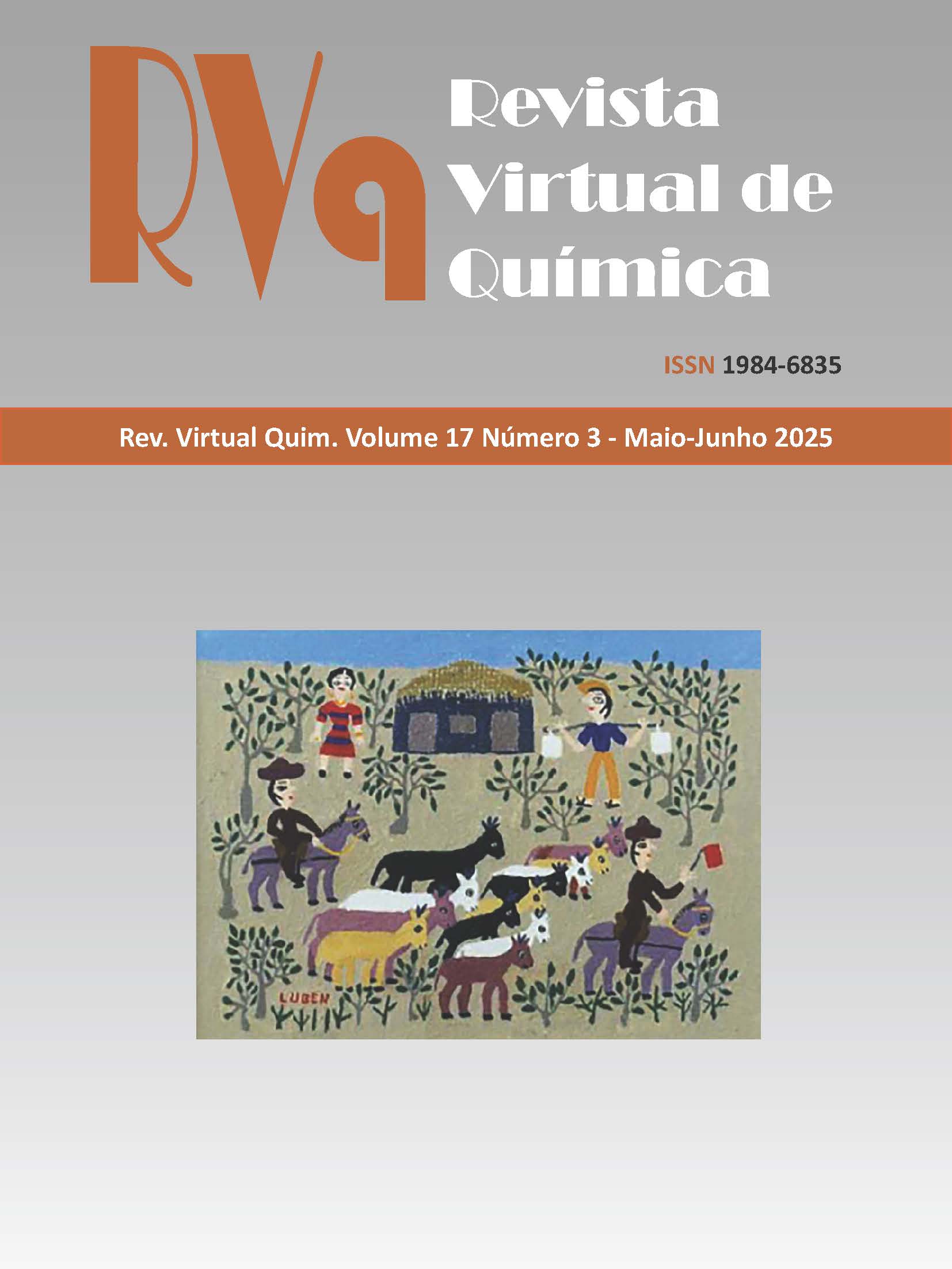Maleic Anhydride (CAS: 108-31-6): A Valuable Tool for both Industry and Scientific Research
DOI:
https://doi.org/10.21577/1984-6835.20250012Resumo
Maleic anhydride (CAS: 108-31-6) is a very interesting molecule since it has both a C=C bond and
an anhydride carboxyl in its structure, forming a strained and very reactive five-membered cycle. This
reactivity allows it to be used as a raw material both in the laboratory and industry. Important industrial
substances such as tetrahydrofuran, butyrolactone, 1,4-butanediol and succinic acid are produced from
maleic anhydride. It is also a monomer used in condensation polymerization, generating polyester resins
that are very important in the automotive components industry and in other material molding sectors,
as well as in electronics, varnishes and anti-corrosive coatings, among other applications. Maleic
anhydride also copolymerizes by addition with different alkenes, generating materials used, for example,
in the construction industry. It is an excellent raw material for organic synthesis, providing the basis
for producing maleamic acids, maleimides and esters with different applications, such as generating
conjugates with biomolecules from biomass or proteins. It can be acylated, undergo conjugated addition,
Diels-Alder cycloaddition and Alder-ene reaction, among other interesting reactions for the synthesis of
new materials. Maleic anhydride is obtained by two main industrial processes: oxidation of benzene or
butane. Studies have also been conducted to produce it from biomass, but it has not yet been obtained
industrially from that source.
Downloads
Publicado
Edição
Seção
Licença
Copyright (c) 2025 Revista Virtual de Química

Este trabalho está licenciado sob uma licença Creative Commons Attribution 4.0 International License.
Autores que publicam nesta revista concordam com os seguintes termos:
Os direitos autorais para artigos publicados nesta revista são do autor, com direitos de primeira publicação para a revista. Em virtude do acesso público, os artigos são de uso gratuito em aplicações educacionais e não-comerciais desde que com reconhecimento da autoria e da publicação nesta revista.

